Webinars and Videos
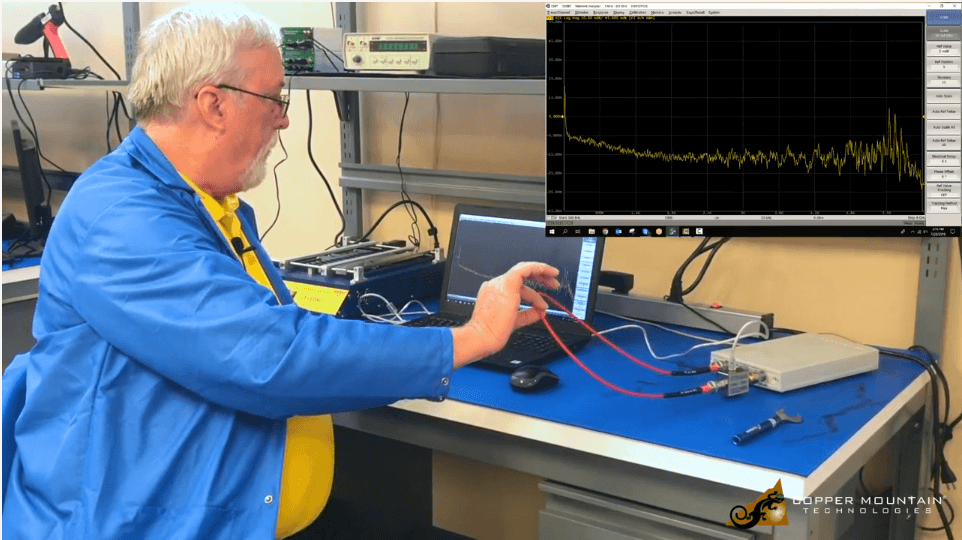
Automatic Calibration Module Confidence Check
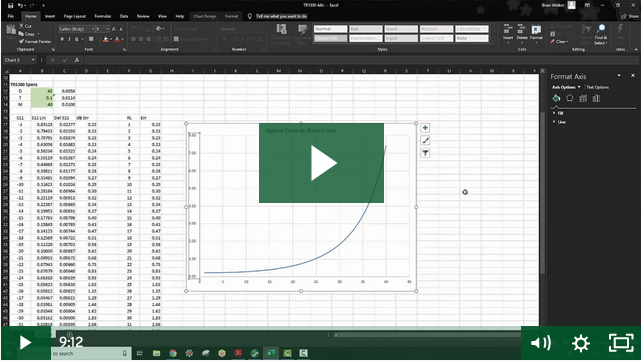
Reflection vs Transmission Accuracy in Vector Network Analyzer Measurement
Why is it that Reflection measurements are typically only specified to -35 dB? Meanwhile, Transmission measurements are valid to -85 or -90 dB or more. This is a common question and we get inquiries about this frequently. Brian Walker, Senior RF Design Engineer at Copper Mountain Technologies explores the reasons for this difference. Hopefully, this video will help clear up the contrast of Reflection and Transmission accuracy.
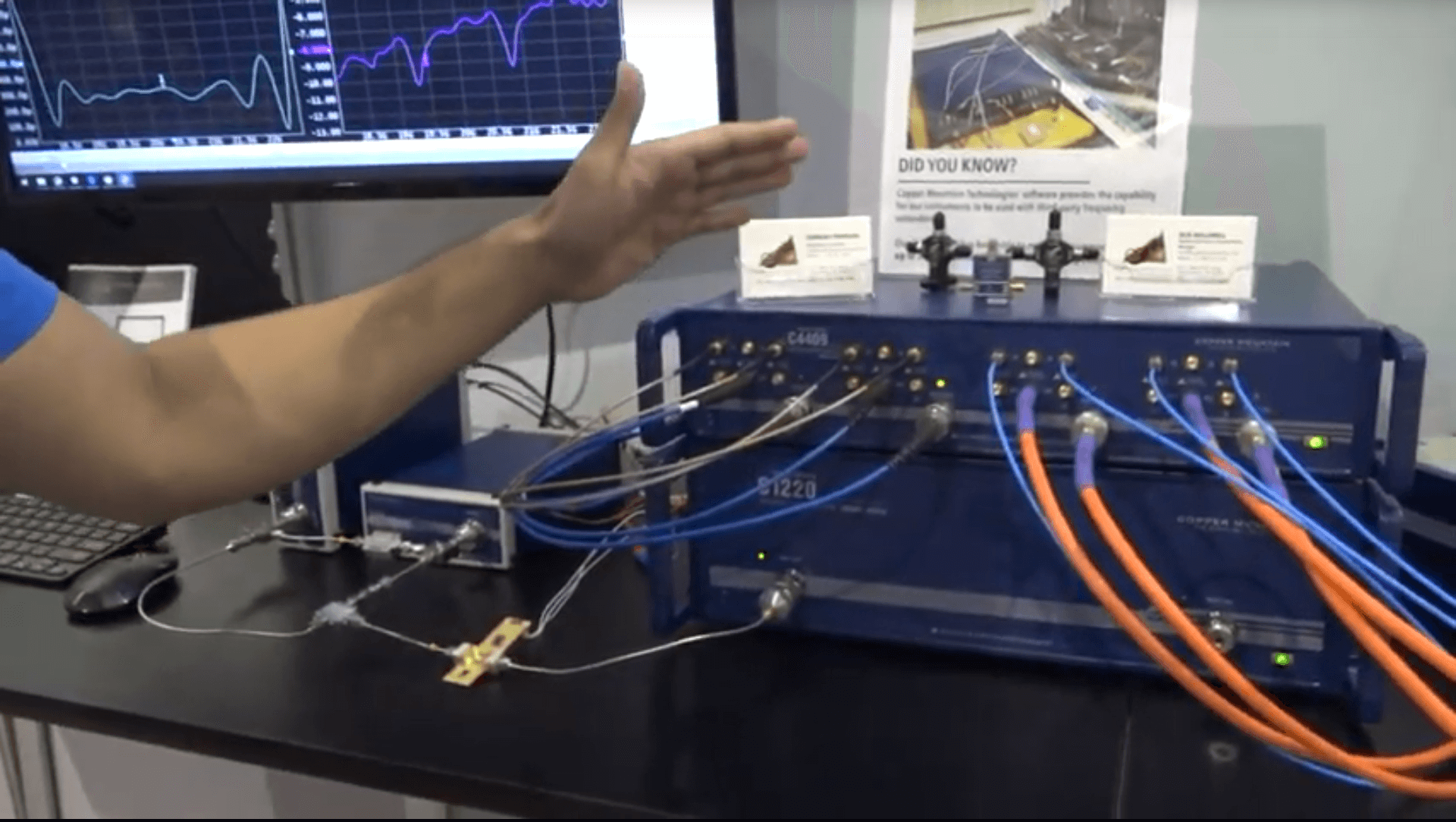
Mixer Measurements Demo at IMS 2019
Subbaiah Pemmaiah, an Applications Engineer at Copper Mountain Technologies demonstrates mixer measurements using a VNA and frequency extenders at IMS 2019.
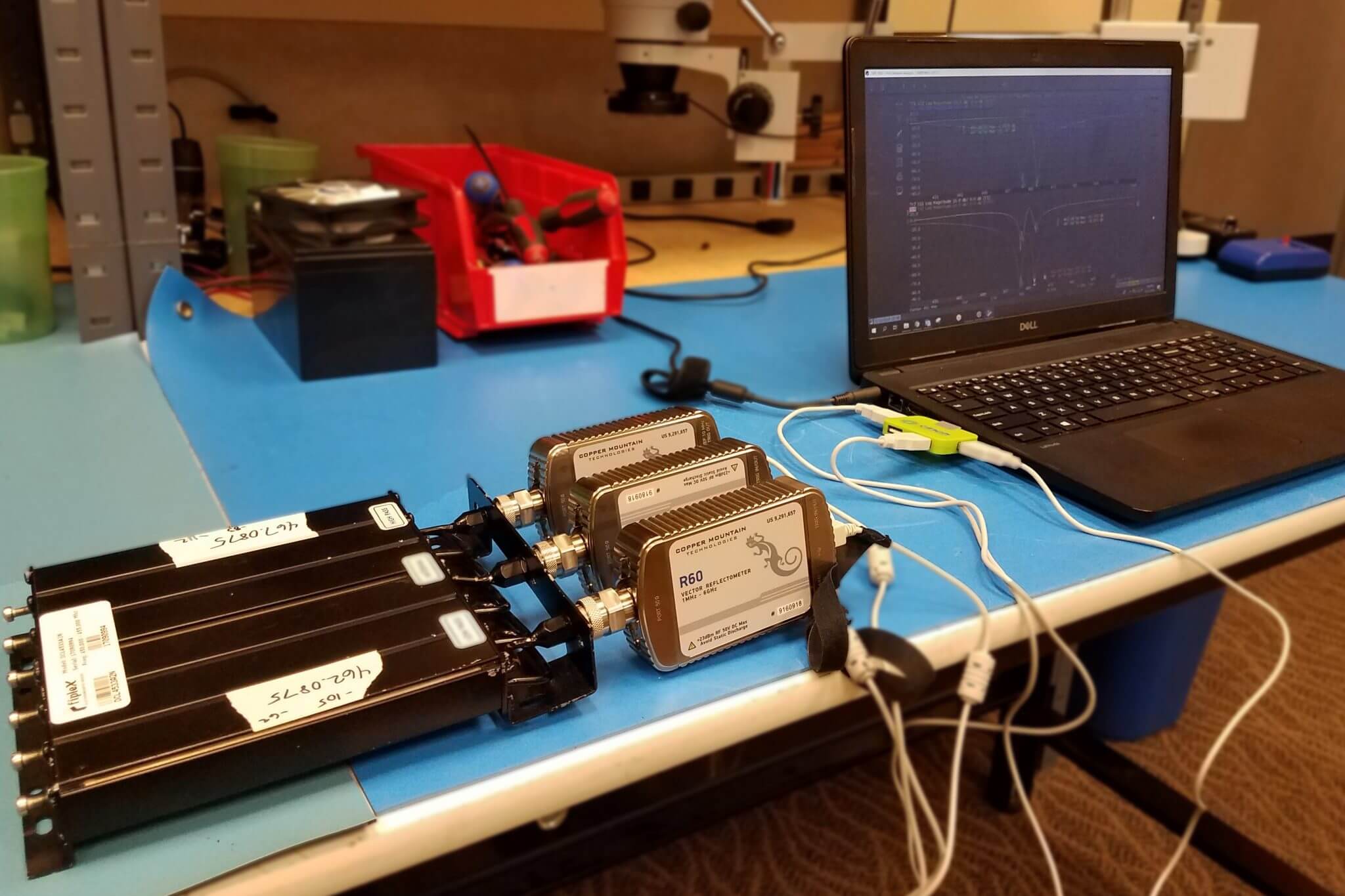
Diplexer Tuning with RNVNA Software
Tuning a diplexer can be challenging. But having all the right tools can make it easier. In this video, we show how three R60 1-port VNAs can be used to measure all three ports of the diplexer simultaneously. This greatly simplifies the tuning procedure which tends to be highly interactive. Alternatively, an affordable TR1300/1 2-port VNA or a 4-port Cobalt C1409 VNA might also be used.
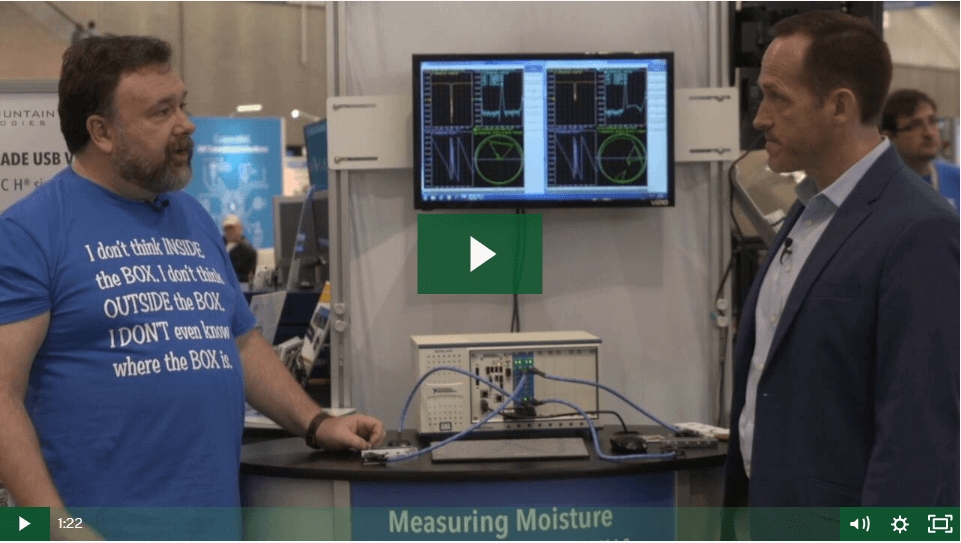
Introduction of PXIe-S5090 at IMS 2019
Alex Goloschokin (Copper Mountain Technologies) and Jason White (National Instruments) share details on the new PXIe-S5090 VNA that will be released in August 2019.
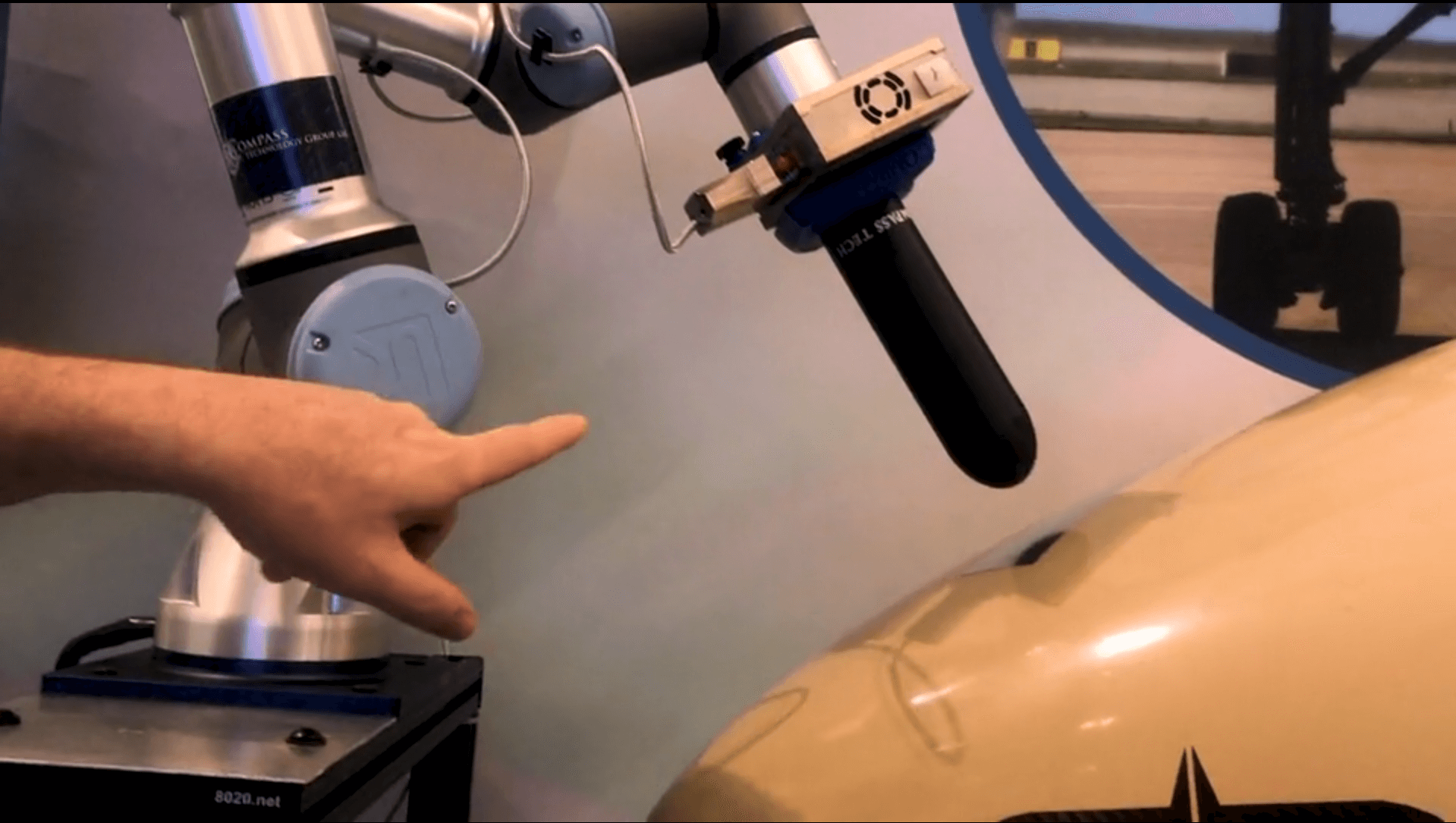
Probe Measurements with a Robot and 1-Port VNA
From IMS 2019, John Shultz of Compass Technology Group demonstrates how to perform an automated scan of an aircraft radome to detect potential flaws. To make this measurement, a robot with a mounted R180 VNA is directly connected to a spot probe antenna. Watch the demonstration to learn more.

Handheld Materials Testing Without a Test Cable - R140 and DAKS
Ferenc Muranyi, DAK Product Head for Schmid & Partner Engineering AG, showcases the DAKS-3.5 system which includes Copper Mountain Technologies’ R140 VNA.
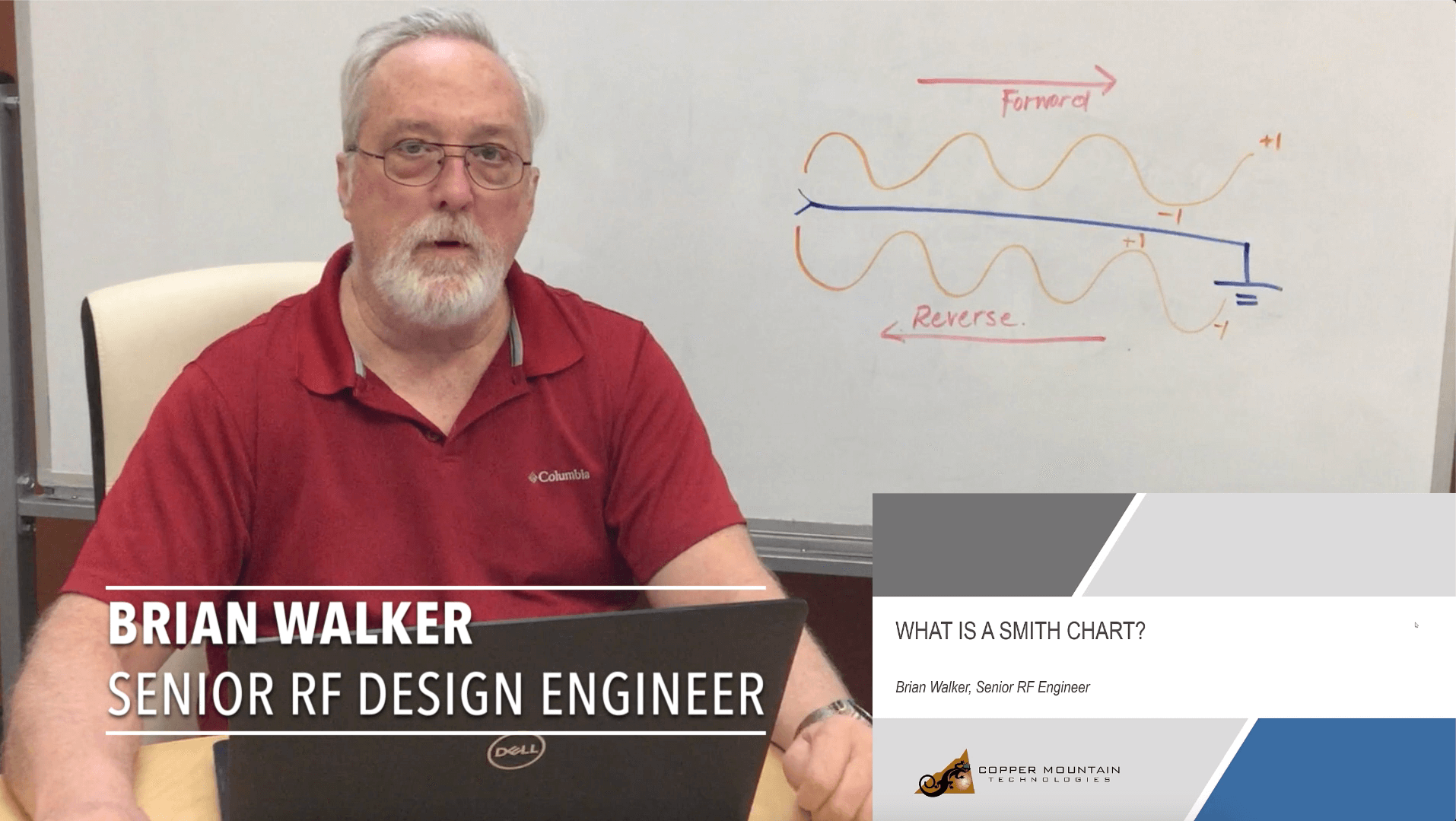
What is a Smith Chart?
Brian Walker, Senior RF Design Engineer at Copper Mountain Technologies looks at how a Smith Chart is simply a special case of the polar plot and how the real and imaginary axes are constructed in this video.
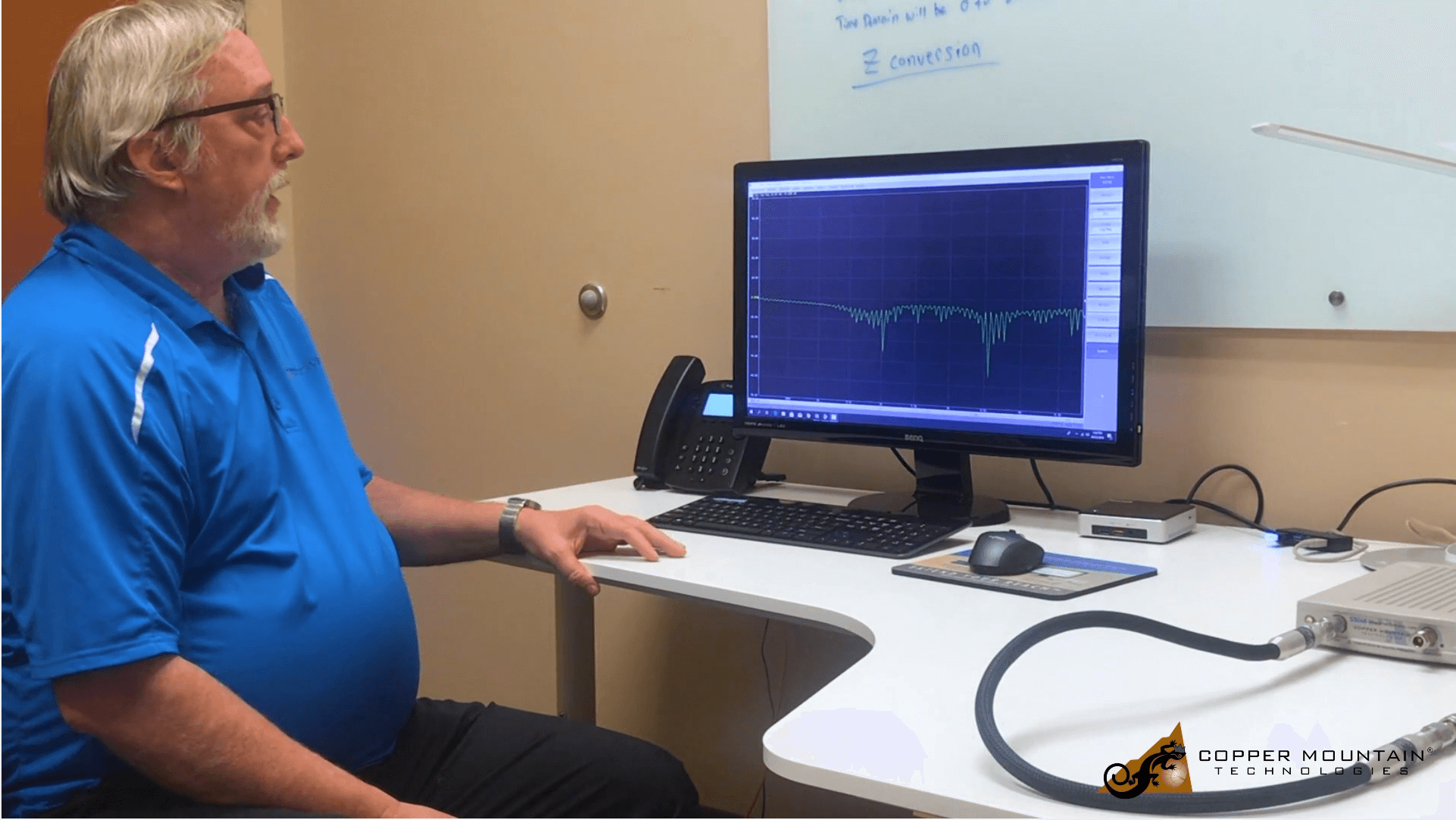
Time Domain Reflectometry Measurements with a Vector Network Analyzer
Time Domain Reflectometry (TDR) has traditionally been performed using a fast oscilloscope and a very sharp impulse or step type excitation. Reflections from the excitation are measured at the source and distance and the magnitude of the reflection coefficient may be ascertained from the delay and magnitude of the returning reflected signal. This measurement is performed in a very wide band measurement and the signal to noise ratio can be quite poor because of this. TDR performed using a Vector Network Analyzer (VNA) allows for the measurement to be made in a narrow RF bandwidth with a corresponding large improvement in signal to noise ratio. This method, utilizing the reverse Fourier Transform on a VNA is clearly superior.
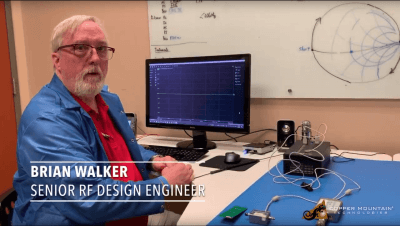
In-Circuit Antenna Verification
Brian Walker, Senior RF Design Engineer at Copper Mountain Technologies shows how there can be significant variation of performance of a PCB mounted antenna when it is close enough to other objects to disturb the near field response. It is best to measure the return loss of an embedded antenna in its final configuration and be prepared to add matching elements to improve radiation efficiency. Careful consideration of the location of the calibration plane of a vector network analyzer measurement is important to derive matching circuit element values.

Accurate Cable Measurement Technique Using a Purpose-Built Automatic Calibration Module with a VNA
Copper Mountain Technologies’ VNAs are used for various test and measurement applications. A fundamental requirement of most test systems is to have a good RF coaxial cable. RF coaxial cables are transmission lines which help transfer energy from one end to the other. So, it is critical to have the best performing cable which transfers the most energy possible. Copper Mountain Technologies also manufacture Automatic Calibration Modules (ACMs), which are primarily used to obtain highly accurate automated calibrations. The purpose of this seminar is to focus on how to test a cable accurately using an ACM.
Please register below to receive access to this on-demand webinar.
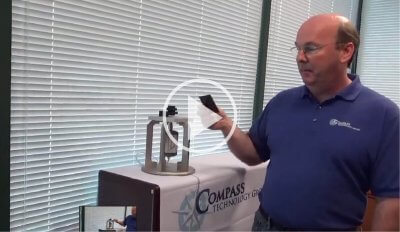
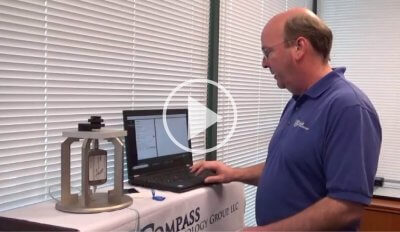
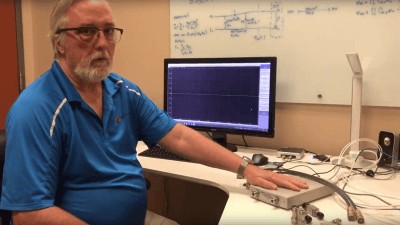
Making 75 Ohm Measurements with a 50 Ohm VNA
There may be instances where you need to make a 75 Ohm measurement, but you don’t have to have a 75 Ohm VNA. It is possible to use a 50 Ohm VNA to make accurate 75 Ohm measurement. All that is required is to use the proper physical adapters and use a 75 Ohm calibration kit to perform calibration. Senior RF Design Engineer Brian Walker describes how to do such a measurement.
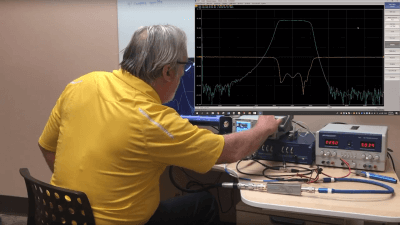
Vector Network Analyzer Measurement of S-Parameters in a Pulsed RF System
Copper Mountain Technologies’ Senior Design Engineer Brian Walker demonstrates how to make Pulsed S-parameter Measurements.
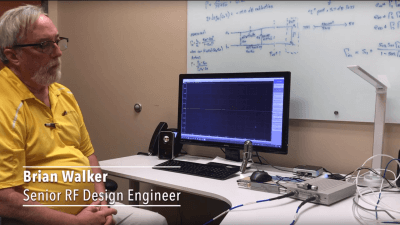
How to De-embed an S-Parameter File From a VNA Measurement
De-embedding is the process of eliminating something from your measurement, such as a filter or fixture. When you de-embed you eliminate the effect of something you don’t need to measure so your results are more accurate. Senior RF Design Engineer Brian Walker shows how to use a 4.8 GHz Copper Mountain Technologies VNA to make de-embedded measurements.
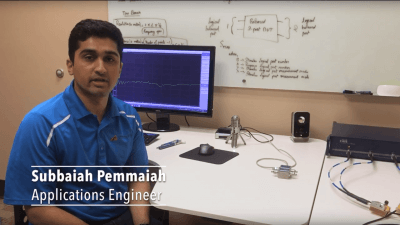
A Quick Guide for How to Perform Differential Measurements on a Cable in Frequency and Time Domain
Differential signal impairment caused by transport through various media is becoming more important with the ever increasing demand for high data rates in digital data systems. This drives the need for differential transmission lines to be properly characterized in frequency and time domain. CMT Application Engineer Subbaiah Pemmaiah provides a quick guide on differential measurements on a cable in frequency and time domain analysis.


